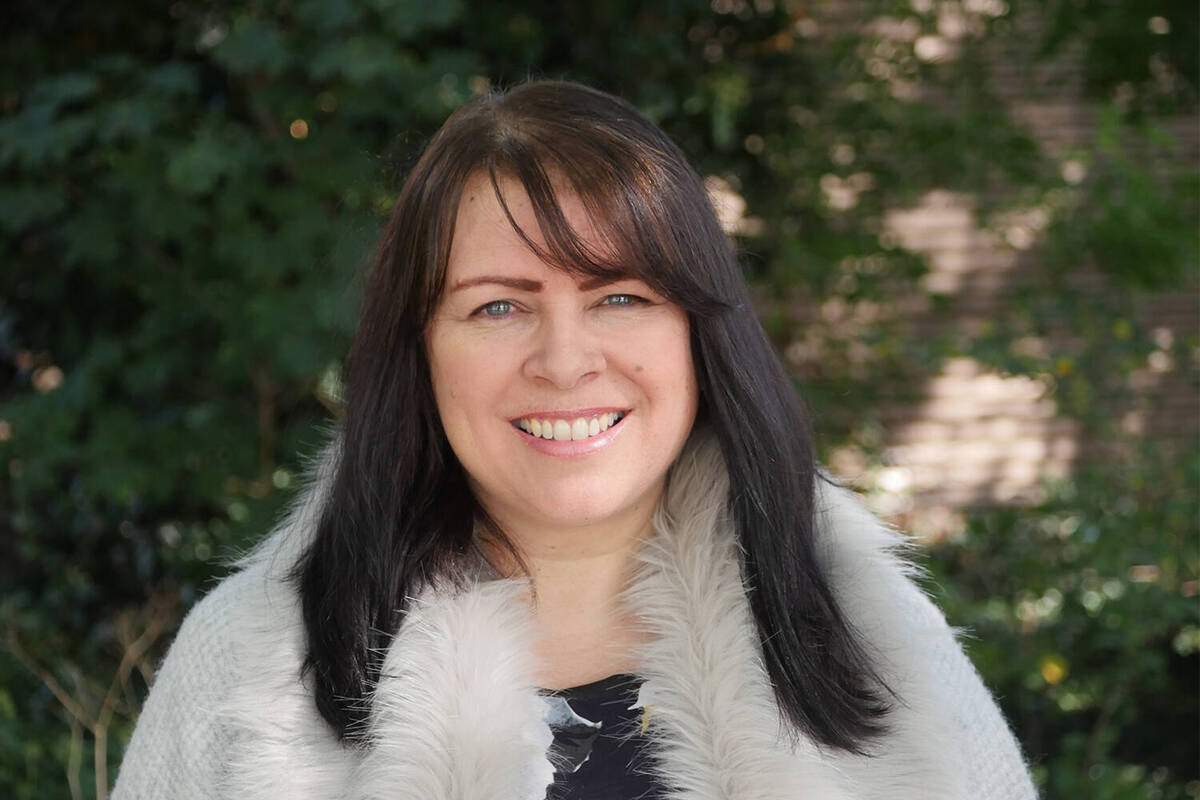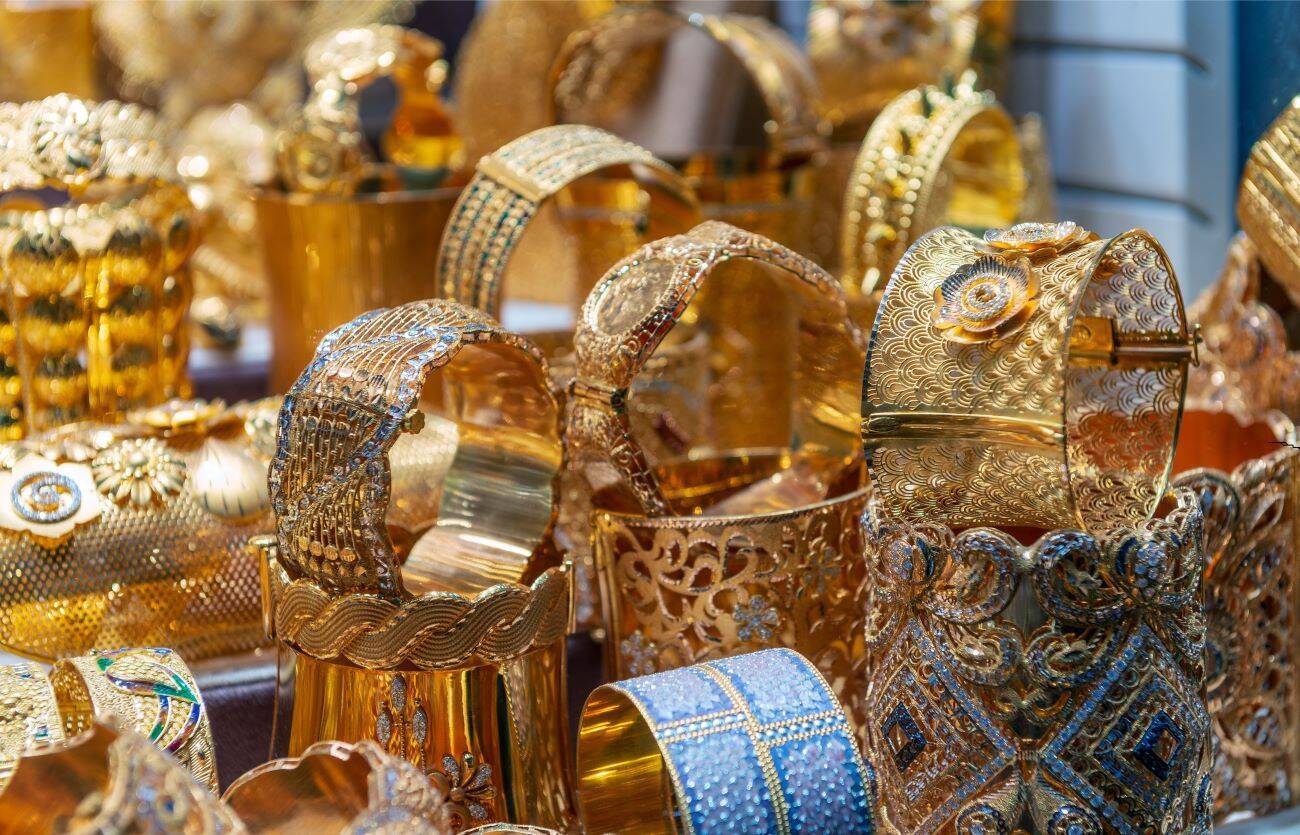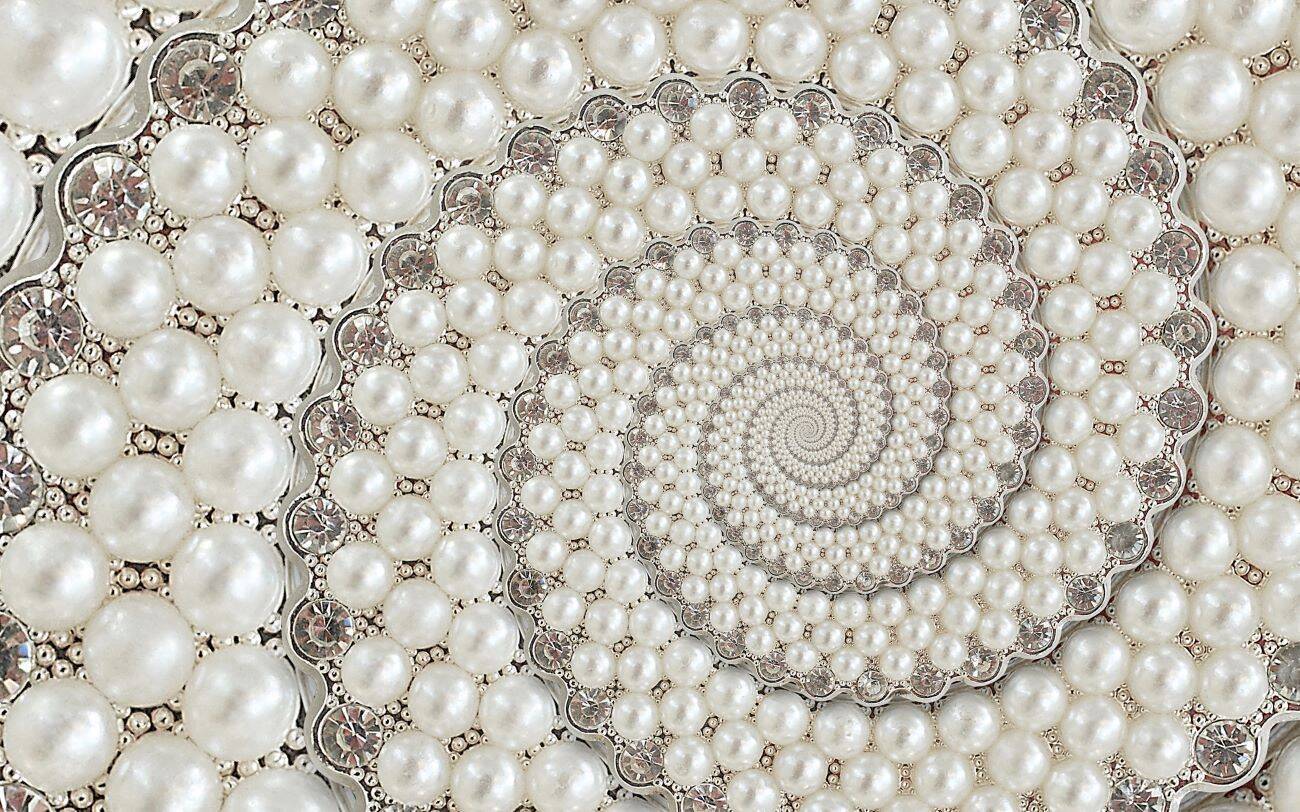Best for Jewellery - Gold Souk Dubai
Located in Deira, Dubai, within a short walk of Al Ras Metro Station, Dubai’s Gold Souk glitters with store fronts draped in gold jewellery, diamonds and precious stones. The souk is home to hundreds of retailers showcasing a selection of trinkets in varying carats. Prices are listed in AED per gram, and the current market price of gold is displayed in most stores so you can check if you’re gaining a good investment. It’s customary to barter here too. Sellers automatically set higher prices for tourists, but significant discounts on bracelets, rings and necklaces can be achieved if you hold your ground and remain fair in your pricing strategy. Also, here, cash is king, and greater reductions are available if you’re handing over notes rather than a credit card. The great news is all merchandise sold in the Gold Souk is regulated by the Dubai government so you can be assured all your purchases are the genuine article. So, if you’re shopping for engagement, wedding rings or simply wish to spoil yourself with a gold cuff or diamond bracelet, this is the place to be!
























Comments